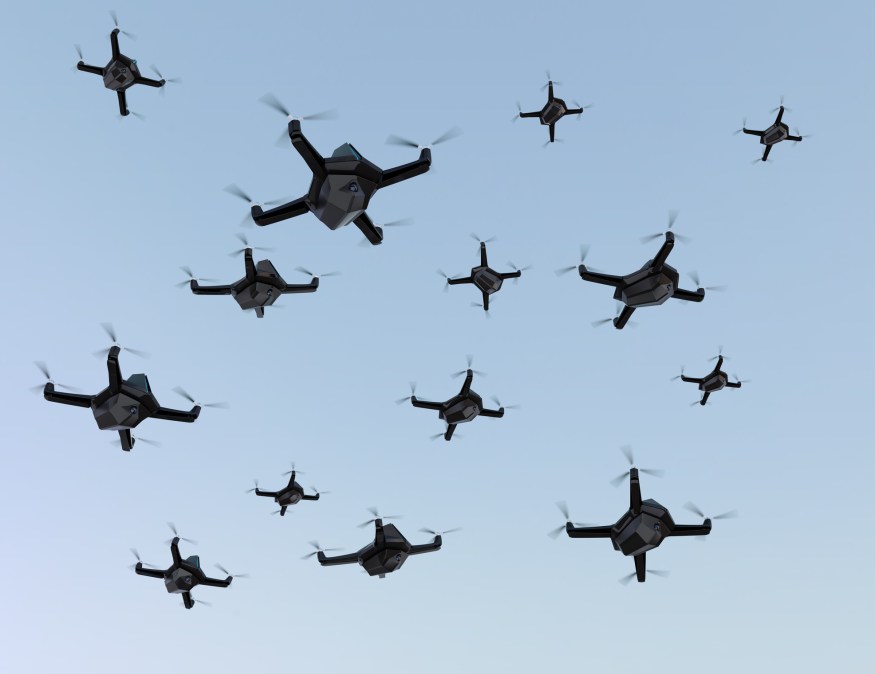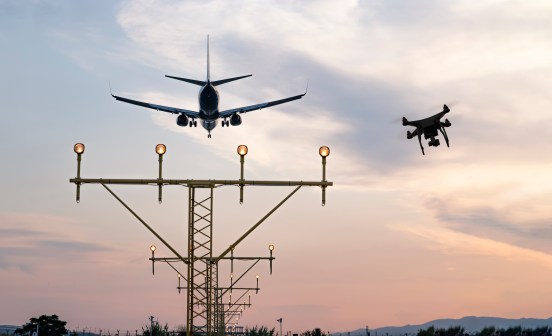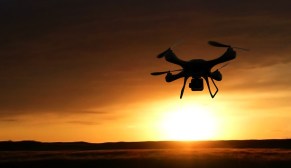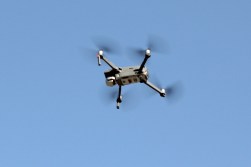Department of Defense seeks new AI systems to power drone group work

The military wants its drones to work together and is working to create an automated network of unmanned aerial systems that can accomplish complex tasks with the help of artificial intelligence.
To do this, the Silicon Valley outpost of the Department of Defense (DOD), the Defense Innovation Unit, has posted a solicitation for commercial algorithms that could help groups of drones work together in flight.
The solicitation is specific to networking and decision-making algorithms, rather than computer vision or autopilot systems, and is designed to turn single aircrafts into networks of connected platforms that can work together.
“Solutions must be capable of coordinating and prioritizing actions in complex and contested environments,” the Defense Innovation Unit (DIU) solicitation states. “While these algorithms extend to a variety of use cases, this specific prototype evaluation will be focused on coordinating long-range, high-speed, fixed-wing aerial platforms operating in contested environments.”
The solicitation marks a step forward in the DOD’s on going development of autonomous systems and their integration into operations. Currently, most drones are piloted by service members, who keep the drones flying by using joysticks or software. This program, along with others such as the Air Force’s “Loyal Wingman” program, are experimenting with algorithms that use algorithms to decide how a group of drones should proceed.
The request touches on another tech area of interest for the DOD: digital engineering, which allows tech to be tested in virtual environment simulations, before being trialled in the real world. The algorithms that DIU is looking for will need to fit into a “Networked collaborative autonomous (NCA) air platforms in a digital engineering environment,” according to the solicitation.
The program will have test events created in a digital engineering virtual environment, according to the solicitation.
“The program will be structured as a series of prototype events where selected performers will deploy their algorithms in an unclassified, live-virtual-constructive development environment based upon the Advanced Framework for Simulation, Integration, and Modeling (AFSIM),” it stated.






